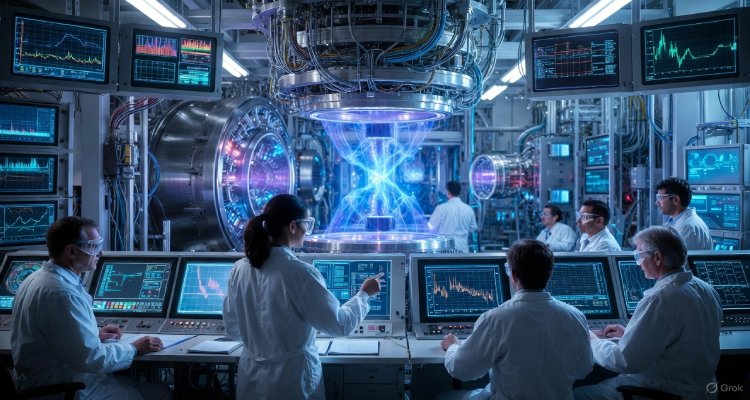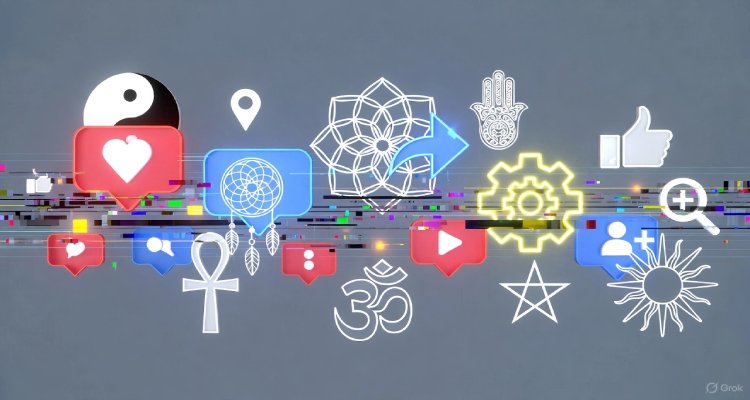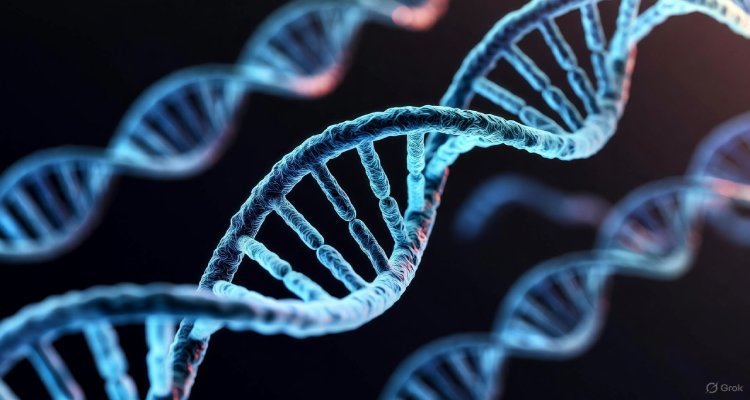When DNA Starts Editing Itself
Scientists uncover evidence of self-editing DNA—genetic material capable of rewriting its own code. Discover what this means for evolution, medicine, and the future of life.
Introduction: A Revolution Within Our Cells
In the dim corridors of genetic research, a silent revolution is unfolding. Scientists are now observing a biological phenomenon that seemed like science fiction only a decade ago — DNA editing itself. This self-directed modification process, once thought limited to external interventions like CRISPR-Cas9, is emerging as a naturally occurring mechanism with profound implications for evolution, medicine, and even identity. The concept of a genome capable of rewriting its own code challenges everything we know about heredity, adaptation, and the limits of life’s self-control.
Context & Background: Beyond the Genetic Blueprint
For much of modern biology, DNA was considered a static library — a permanent record of genetic information handed down from generation to generation. Mutations, the occasional spelling errors in this code, were random, slow, and mostly out of biological control.
That understanding began to shift when researchers studying bacterial immune systems uncovered something unusual: enzymes capable of cutting and rearranging DNA sequences with precision. This discovery led to the development of CRISPR-Cas9, a tool allowing scientists to edit genetic material manually.
But recent studies from institutes in Japan, the U.S., and Germany suggest that nature may have been performing its own version of gene editing all along. Under certain environmental stresses — radiation, toxins, heat, or starvation — cells activate hidden repair systems that not only fix damage but also rewrite genetic sequences, sometimes purposefully altering traits to ensure survival.
Main Developments: When DNA Becomes Its Own Editor
In early 2025, a team at the Max Planck Institute for Evolutionary Biology reported evidence of what they called “auto-editing DNA loops.” These are molecular processes where sections of genetic code fold back on themselves, triggering enzymes that rewire instructions for cell functions.
Dr. Leena Gardini, the lead geneticist behind the study, explained, “What we’re seeing is not random mutation. It’s an intelligent correction system — DNA modifying itself to adapt, almost like it knows it’s in danger.”
The implications are extraordinary. In plants, similar self-editing tendencies have been observed helping crops resist drought and fungal infection. In lab-grown human cells, controlled experiments demonstrated genomic regions activating repair behaviors that led to newfound resistance against viral RNA. The cell, in essence, becomes both the author and the editor of its own survival story.
Expert Insight: Biological Intelligence or Evolutionary Algorithm?
Not everyone agrees on how to describe the discovery. Some see it as evidence of deeper biological intelligence, while others frame it as a complex form of evolutionary automation.
“Calling it intelligence might be too poetic,” said Dr. Michael Yen, molecular biologist at Stanford University. “But it’s indisputable that these processes display behavior similar to code optimization in computing. The cell identifies problems, compares templates, and rewrites instructions. That’s algorithmic in nature.”
Public fascination has followed these findings online, where social media discussions label it “nature’s CRISPR.” But experts advise caution. Uncontrolled self-editing could also lead to instability, including spontaneous mutations linked to cancer or autoimmune disorders. Understanding whether the process is truly adaptive or merely reactive remains a crucial scientific frontier.
Impact & Implications: The Biology of Self-Renewal
If DNA can reprogram itself, the implications could reach far beyond research labs.
In medicine, therapies could aim to trigger the body’s own editing functions to repair genetic diseases from within. Instead of inserting synthetic tools, doctors could stimulate cells to fix mutations natively. This approach would drastically reduce ethical concerns tied to human gene manipulation.
In evolutionary biology, the discovery redefines how species adapt. Evolution may not always rely on random mutation and natural selection. Instead, life might possess embedded mechanisms designed to proactively evolve — a kind of built-in resilience system.
Philosophically, it also renews debates about consciousness in biology. Are living systems more self-aware than we realize? Does evolution contain intention? While these remain open questions, they underscore the growing intersection of science and existential inquiry.
The Future Frontier: Regulating Self-Editing Life
Governments and regulatory bodies are already paying attention. The World Health Organization’s Bioethics Council has announced a 2026 summit on “Autonomous Genetic Systems,” addressing both potential cures and risks of unintended gene behavior.
AI-driven bioinformatics companies are entering the scene, offering predictive analytics to model how DNA might self-edit under specific conditions — an intersection of machine learning and molecular biology that could become one of the defining scientific fields of the next decade.
But as systems acquire autonomy, fear emerges alongside fascination. “We’re learning biology doesn’t need human tools to innovate,” warned Dr. Yen. “Now, the challenge is ensuring that innovation remains constructive, not chaotic.”
Conclusion: A New Chapter in Life’s Code
When DNA starts editing itself, life becomes less a sequence of inherited instructions and more a living system in constant negotiation with its environment. This phenomenon reframes not just our understanding of biology but our sense of stability within it. Humanity’s task ahead is to study, respect, and responsibly coexist with the self-editing intelligence already woven into the fabric of life.
Disclaimer: This article is for informational purposes only and does not constitute medical or scientific advice. Interpretations of studies mentioned reflect current findings as of 2025 and may evolve with further research.











